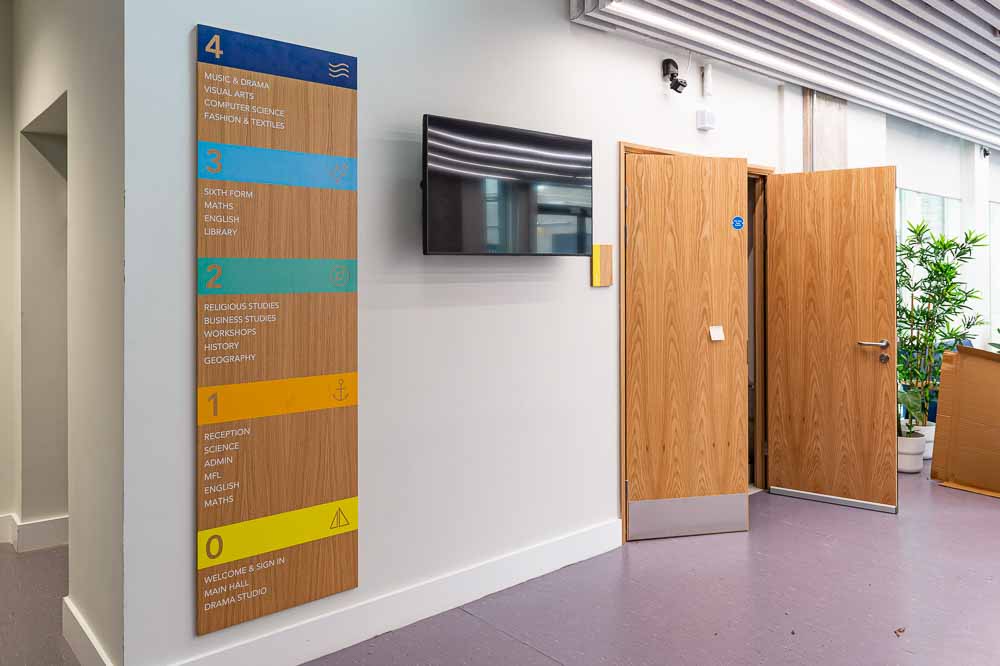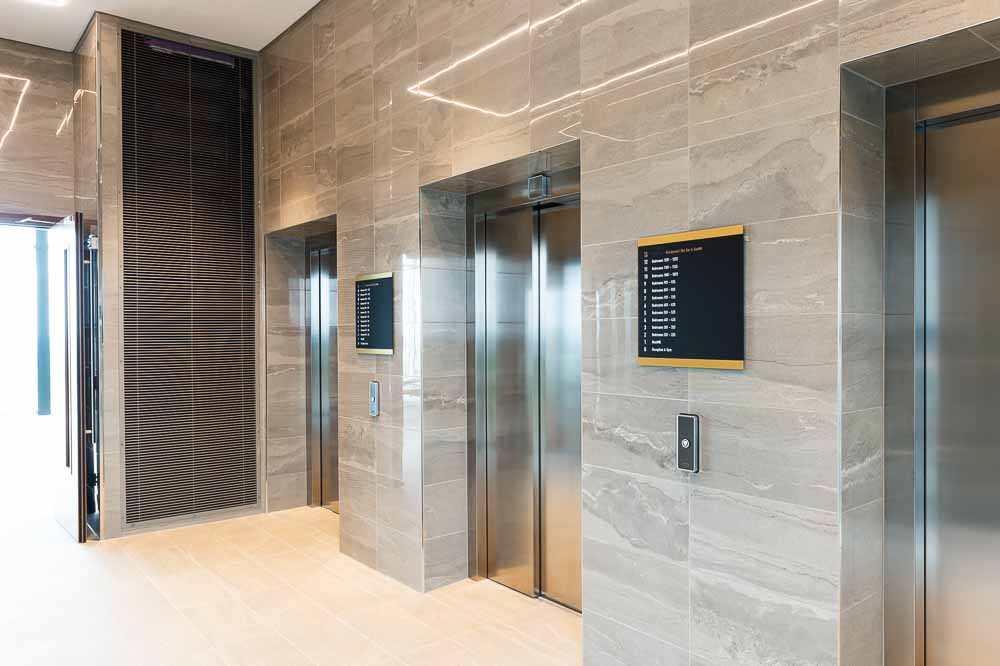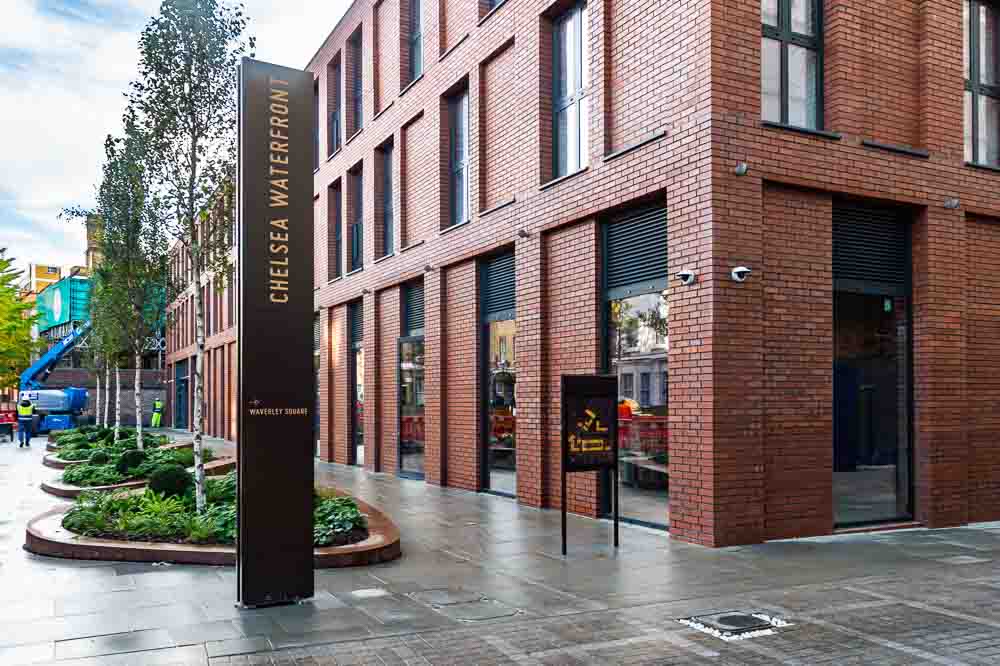Architectural signage refers to signs that are designed to complement and enhance the architectural design of a building or structure. Bespoke, artfully designed signs convey the desired image of an organisation, whether they are a primary school or office complex.
Planning signage to create a cohesive design aesthetic has both advantages and disadvantages however.
In this article we will consider the pros and cons for acquiring architectural signage. If you would like to learn about architectural signage in general, we explored this in a previous article.
What Are The Pros For Having Architectural Signage?
There are several reasons why architectural signage is a good choice for brands. In a way that prefabricated, average signs do not, architectural signage blend aesthetics with durability and customer experience. These combine to bring brand awareness and visibility throughout the building and to passers-by.
Aesthetics
Architectural signage is designed to blend seamlessly with the building or structure, creating a cohesive and attractive appearance. The signs throughout the environment are artistically devised and produced to look good. With aesthetics included as part of the planning process, even, usually bland, information or direction signs are pleasing to the eye.
Visibility and Brand Awareness
Architectural signage is integrated into the building or structure both internally and externally. This means it can be easily seen and recognised by visitors and anyone travelling past. In large, complex or multiple sites, this is particularly advantageous. The cohesive design is customised to reflect a brand’s unique identity and ultimately helps with navigation and safety.
When a brand incorporates their designs, colours, shapes, and typography into the sign, it reflects the company’s mission and values. This can be a great way to attract potential customers and establish a memorable presence in the area.
Durability
Another advantage of architectural signage is that they are typically produced using high-quality materials. The aim of using premium supplies and tools, is so the signs can withstand harsh weather conditions and wear and tear over time.
Materials that are resistant to corrosion will last longer outside, maintaining the high-quality look a brand wants people to see. A well-made sign that stays in good condition speaks volumes about the brand behind it.
Health and Safety
The production and installation of architectural signage takes health and safety into consideration through dependable materials, safe working practices and secure installation. A good architectural signage company will have accreditations and memberships with standards organisations. This requires them to prove they operate safely. Look for Constructionline and ISO 14000 to be confident in the whole supply chain, from procurement of materials and tools, to the final installation.
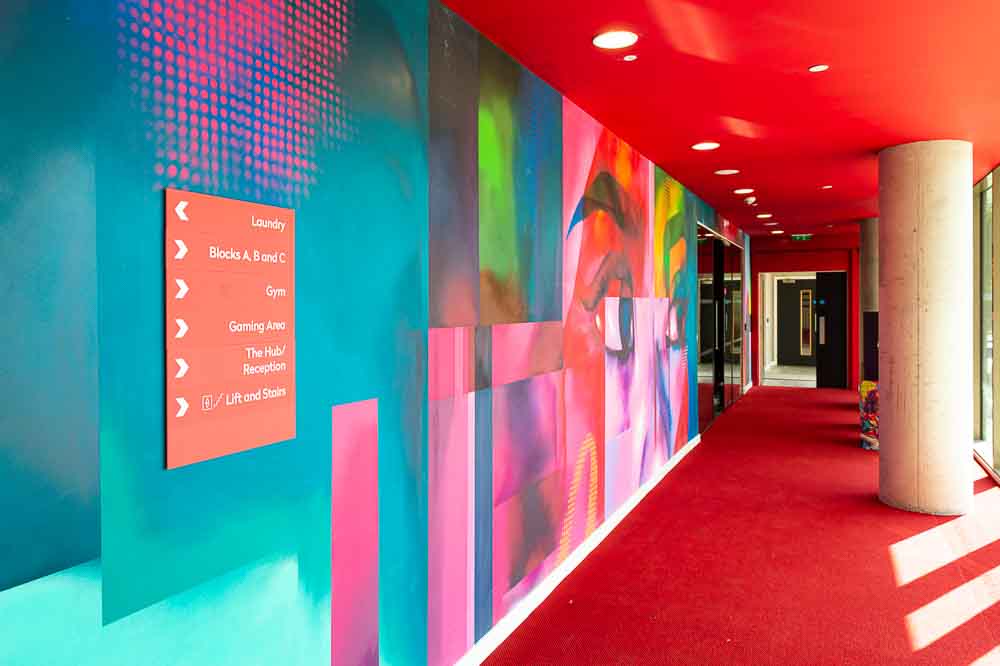

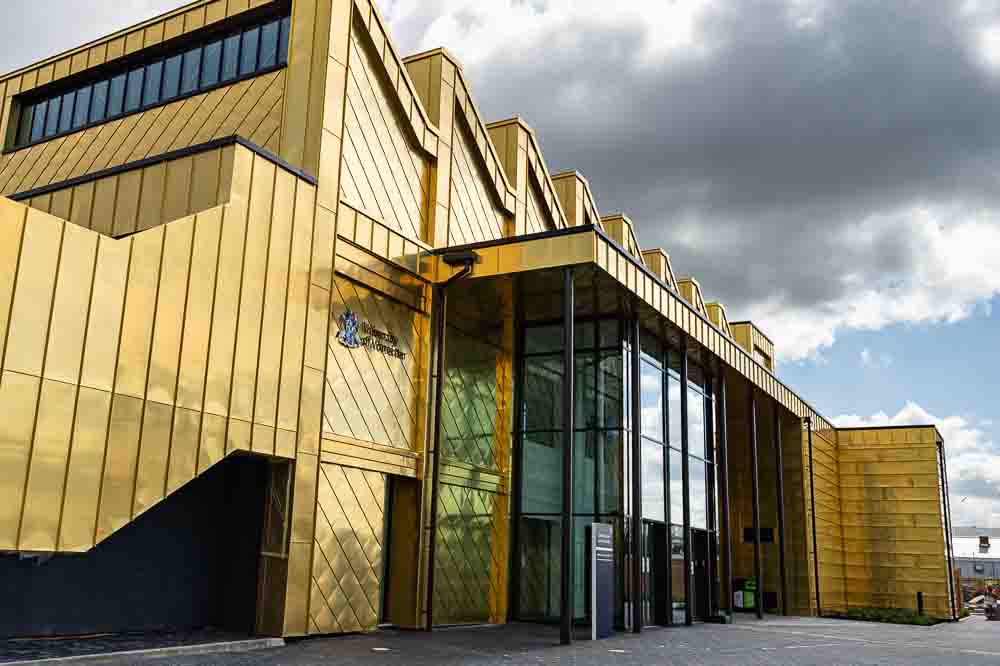
What Are The Cons Of Architectural Signage?
There are drawbacks to having totally bespoke, premium signage designed and installed at a location.
Cost
Architectural signage can be more expensive than traditional, prefabricated signage due to the customised design and higher-quality materials used. Simple signs can still incur higher costs due to installation in difficult places. Global supply chain issues could limit certain materials making choice restricted and that could also escalate prices.
Limited Flexibility
Once architectural signage is installed, it can be difficult to make changes or updates without significant cost or disruption to the building or structure. This is not always the case, however architectural signage is built to last a long time. If there is a chance a company would rebrand or move premises soon, architectural signage would not be a worthwhile investment for them.
Approval Process
In some cases, architectural signage may require approval from local authorities. If additional planning permission or building regulation inspections will need to take place, this could add delays or increase costs. Where possible, a signage company would work with their client to avoid delays and external costs, but this may involve revising the original concept to something less disruptive.
Maintenance
While architectural signage is designed to be durable, it will still require maintenance and regular cleaning to keep it in good condition. Installing signs too near climbing plants or experiencing severe weather issues such as floods or snowstorms could damage the signs. Long-lasting LED lights will need replacing eventually. Damage from animals or vandalism also mean repairs will be needed. This could be a problem because fixing the signs might be expensive, or they may be difficult to reach.
When deciding whether or not architectural signage is right for your organisation, it is important to consider all the potential benefits and drawbacks. This type of signage can provide unique visuals and help create a sense of identity for your business. Architectural signage can be a great option for creating a cohesive and attractive visual identity for a building or structure, but it may not be the best fit for every situation due to the potential costs and limitations.
